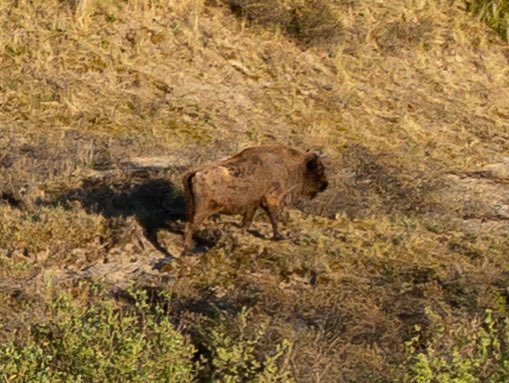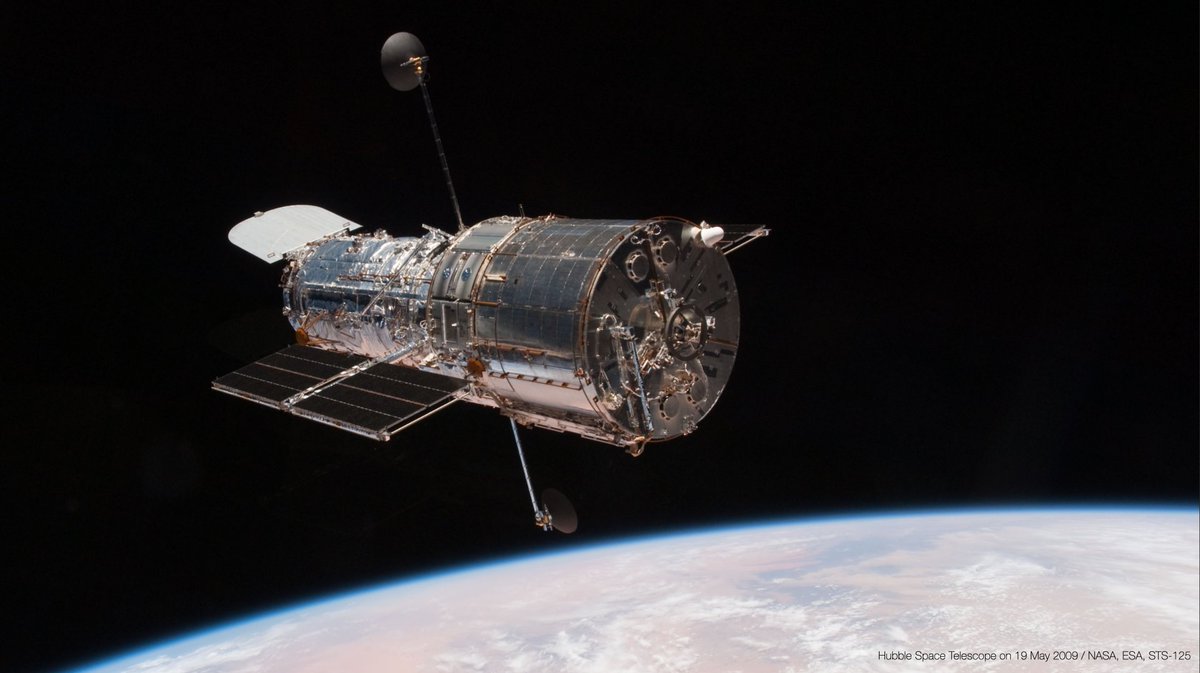
While semantically correct, this headline sensationalises reality.
Yes, the micrometeoroid hit on #JWST's C3 primary segment caused permanent damage.
But the *effect* of that damage is minimal & the telescope remains within its design specifications.
Very well within.
Yes, the micrometeoroid hit on #JWST's C3 primary segment caused permanent damage.
But the *effect* of that damage is minimal & the telescope remains within its design specifications.
Very well within.
https://twitter.com/JenLucPiquant/status/1549021848498671616
The article itself is a bit more nuanced, but still overplays the effect. If you go to page 23 of the observatory commissioning report, you'll get the balanced picture.
stsci.edu/files/live/sit…
stsci.edu/files/live/sit…

We know that #JWST will be hit by micrometeoroids in its L2 orbit – it's inevitable.
We also know that we cannot protect the telescope from them with a tube around the primary as some believe – the telescope would not cool to 40K as required to fulfil its scientific mission.
We also know that we cannot protect the telescope from them with a tube around the primary as some believe – the telescope would not cool to 40K as required to fulfil its scientific mission.
We also have a pretty good idea of the micrometeoroid environment at L2 because of other missions, most notably @esa's Gaia, which has been there for 8 years.
The Gaia & #JWST projects have shared data on the size vs frequency of micrometeoroid hits there.
The Gaia & #JWST projects have shared data on the size vs frequency of micrometeoroid hits there.
The micrometeoroid that hit #JWST's C3 segment in May was larger than expected *within* a few months of launch, but it could be that we just got unlucky & it could be another ten years before a similar-sized strike happens again.
But again, the amount of "distortion" introduced by the hit is small compared with the optical performance of the observatory (telescope + instruments), so there is no need for over-sensationalised stories.
The overall performance of #JWST over a 10-year mission was modelled taking into account micrometeoroid hits to the primary mirror & sunshield & margin was designed in accordingly.
If the Gaia L2 data hold for #JWST, it will still perform extremely well over that decade.
If the Gaia L2 data hold for #JWST, it will still perform extremely well over that decade.
And we are not completely powerless out there – #JWST can take some avoidance manouevres with respect to known meteoroid showers, by rotating the primary out of the incoming direction (within limits – we can't point at the Sun!).
Of course, if we keep seeing hits of this kind much more regularly than the data & models predict, then we will have to see what that brings.
But extrapolating from a single event is a very fraught business indeed.
But extrapolating from a single event is a very fraught business indeed.
You may say "but hey, the mission lifetime is now predicted to be 20 yrs, so what about that?"
Yes, based on fuel available for station keeping & momentum dumping, we have a longer lifetime. But the mission goal was 10 years & it's possible other things will fail too >10 years.
Yes, based on fuel available for station keeping & momentum dumping, we have a longer lifetime. But the mission goal was 10 years & it's possible other things will fail too >10 years.
And if you're interested in knowing how @esagaia measures micrometeoroid hits at L2, this is a great article – it's via changes in the extremely accurate rotation rate of the satellite monitored by atomic clocks & by slight temperature increases.
cosmos.esa.int/web/gaia/iow_2…
cosmos.esa.int/web/gaia/iow_2…
• • •
Missing some Tweet in this thread? You can try to
force a refresh









